One of the coolest things about Chesapeake Bay fishing is that you just never know what will bite. And while there’s a long list of Chesapeake Bay species we target with regularity — ranging from rockfish to redfish — there’s also a long list of crazy catches we make once in a blue moon that may be “incidental,” but are also downright exciting. And in all of these cases, though most anglers toss them back as “trash fish” they are actually quite tasty. If you’re looking for a change of pace at the dinner table, consider keeping one of these zany critters the next time one leaps on your line.
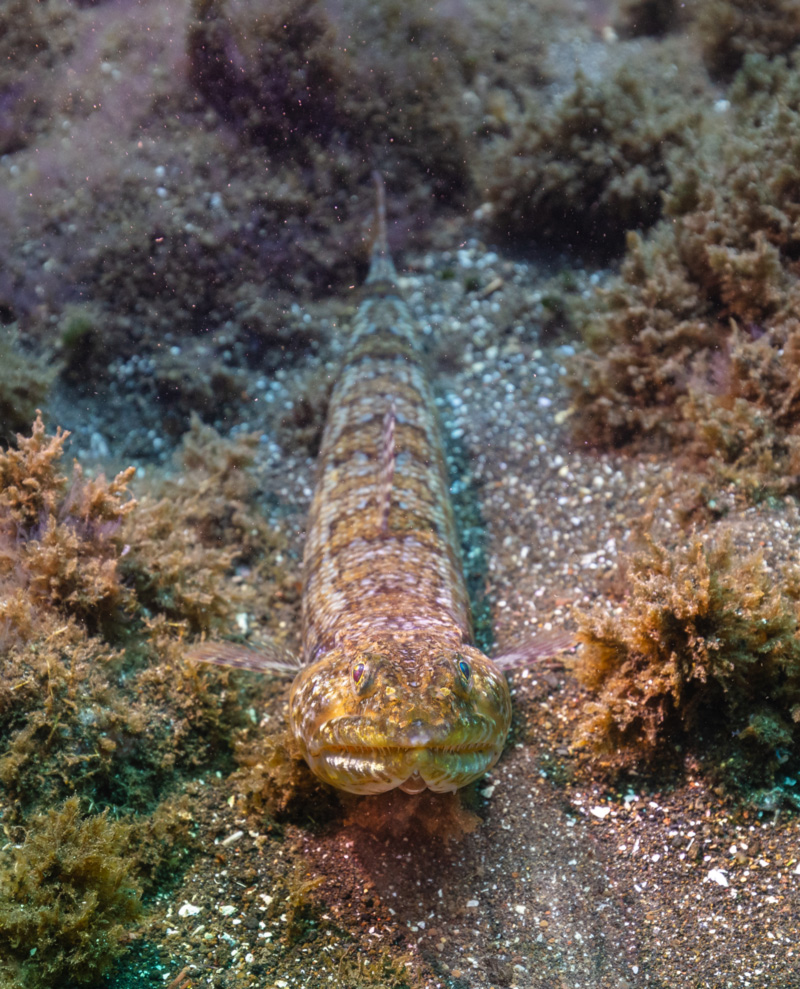
Lizard Fish
Common from Point Lookout south and caught with some regularity when salinity levels are high up into the Middle Chesapeake zone, few anglers have ever dropped a lizardfish into the cooler. That’s too bad, because they have a firm white meat a’ la flounder which fries up nicely. You’ll need to find big ones or keep quite a few to make a meal because the fillets are long and skinny, just like the fish, and look out for the pin bones running through the middle at the fish’s aft end.
Lizard fish can be easily targeted simply by down-sizing those same lures you catch them on by accident, including soft plastics and plugs fished near bottom in grassy areas and around shallow oyster bars. Bring along an ultralight set-up and fish a two- to three-inch twister tail on an eighth- or a quarter-ounce head (more or less a large crappie-sized offering). Small spoons are also effective lizard baits. In all cases, note that they like bright offerings that mimic silversides and bull minnow.
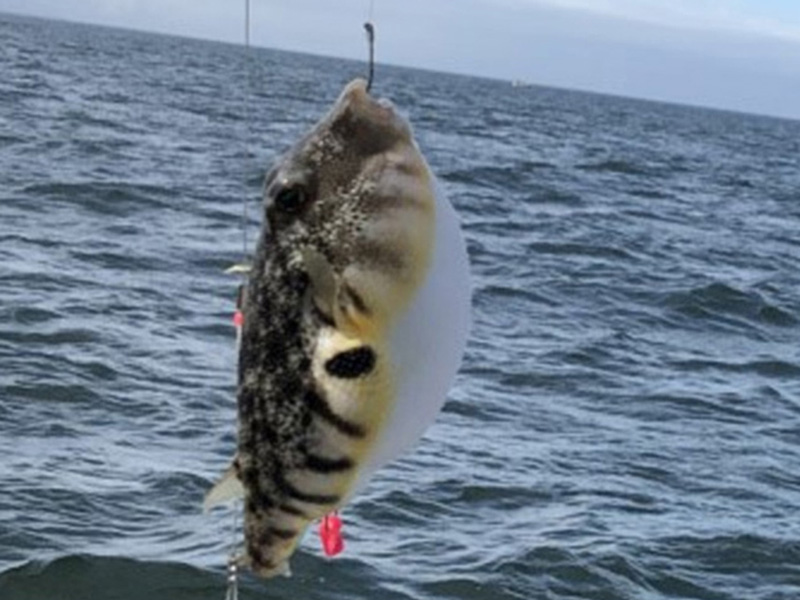
Northern Puffer Fish
Drop a bottom rig baited with bloodworm around structure or live bottom for spot or croaker, and occasionally you’ll reel in a softball-sized critter who can puff up to become more like a volleyball. He’ll grunt and snap at you, too, but don’t let this odd behavior deter you. Puffers have rugged skin that’s tough to slice through, but once you remove the finger-sized fillets from either side of the back you’ll find that these “blow toads” have sweet white meat that’s delicious. Added bonus: no matter how young or old an angler may be, when these guys start puffing up it’s hard not to grin and giggle.
Puffers have outrageously small mouths for their size (armed with a pair of buck teeth that will scallop out a chunk of your skin if you get too close). So the trick to targeting them is to use extremely small hooks. Bottom rigs with number-eight or number-six hooks are best. Last summer good numbers of puffers showed up on the Choptank oyster reefs, the live bottom just north of Barren Island, and the live bottom near the Target Ship, so all should be a good bet right about now.
Note - Smooth puffers, as pictured below, are poisonous and should not be eaten - if you catch this variety, toss it right back over the side asap!
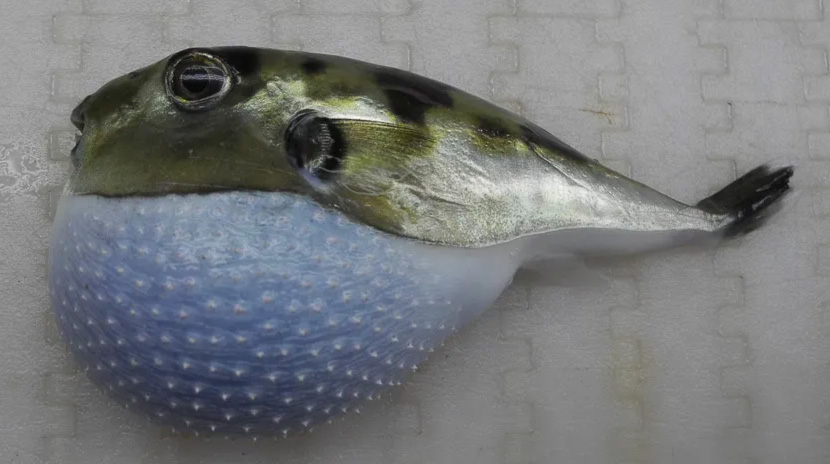
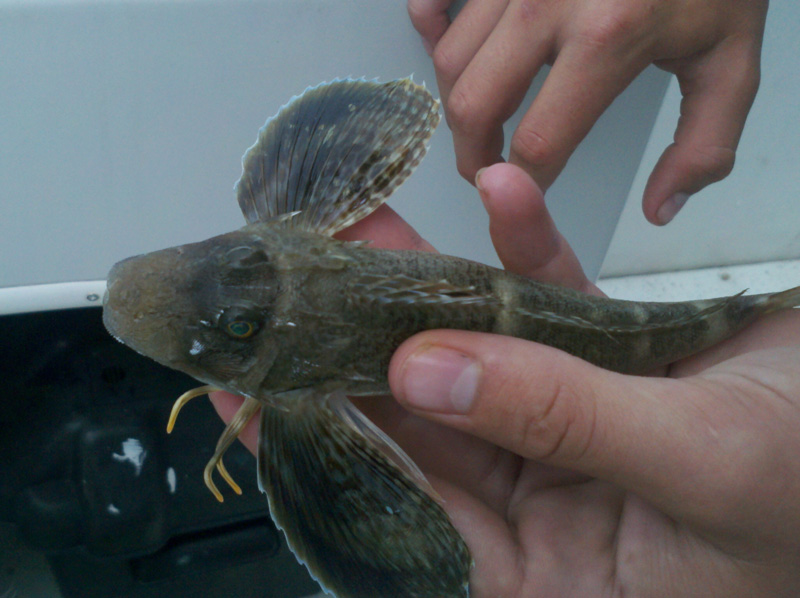
Sea Robins
These oddballs show up in the Lower Bay and all along the coast, often in areas where flounder are found since they feed on similar critters in similar times and places. When someone reels one up, the general reactions is: “eeeeeew, look that those creepy-crawly legs.” What most anglers don’t realize, however, is that sea robins are not a mere nuisance. In fact, they produce tasty nuggets that are quite similar to the meat of the flatfish they like to shadow. One downside: the tough skin makes for a difficult fillet job. The fillets are also small in comparison to the fish’s size, so stick with keeping only the big ones.
To catch sea robins (properly called gurnard), go to an area known to hold flounder. Then, rather than sending down a minnow and squid strip (which they will hit sometimes) bait up with a two- to three-inch strip of oily fish like mackerel or bluefish (which they will hit a whole lot more). Drag it along the bottom while drifting a bottom rig with size four to size two hooks, and get ready to rumble with the robins.
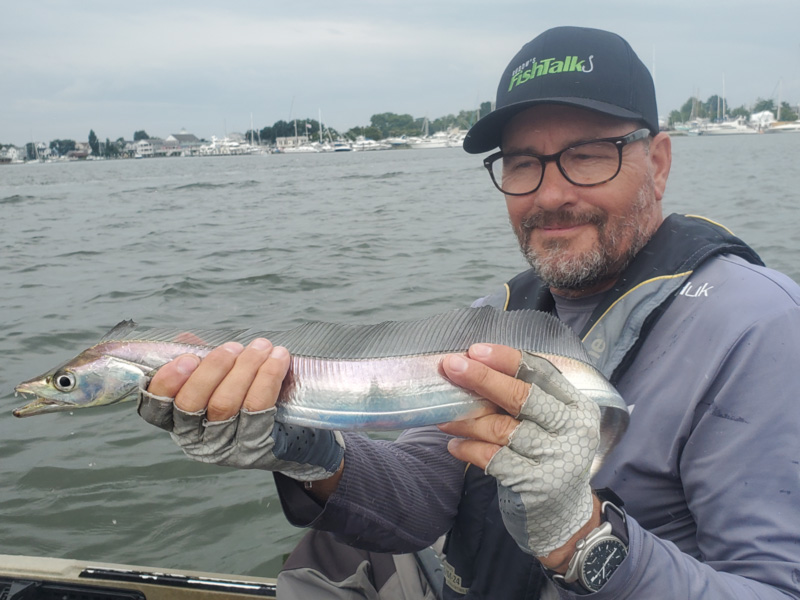
Cutlass Fish (Ribbonfish)
These eel-like critters are commonly caught in coastal waters, but sometimes they invade the Bay and this season plenty have been caught as far up at the Choptank and a handful have even shown up as far north as the Severn. The long, slender fillets are excellent eating, especially when slathered with a thin layer of crab imperial then rolled into a pinwheel (push a toothpick through to hold it together while baking).
Ribbonfish will hit just about anything, but they have gnarly teeth that will get through mono in short order. You can use a trace of wire leader but instead many anglers simply target them with metal wobbling spoons like three- to four-inch Drones or Tonys. They’re also quick to hit plugs like Gotchas, which can be either trolled or cast.
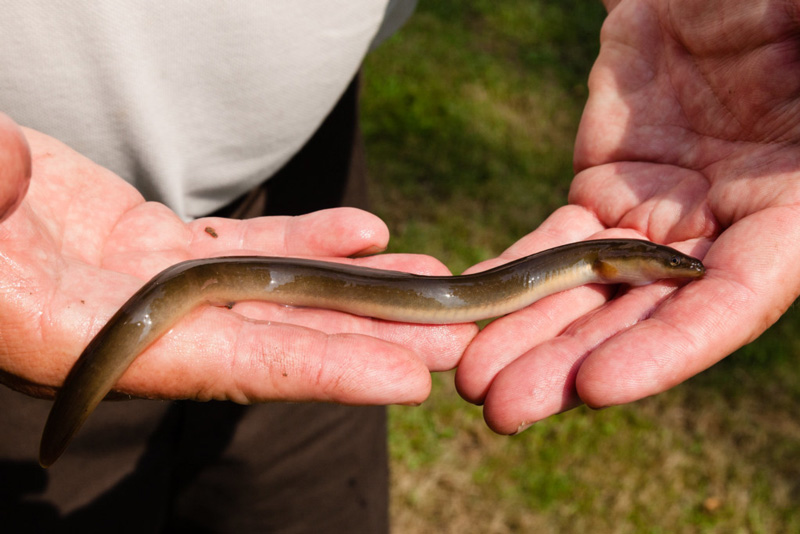
American Eels
Okay, we know these wiggly slime balls are more commonly used as bait than food, but if you lop off the head, remove the entrails, and smoke them over hickory chips, the meat is quite delicious. (Side note: we once got a little desperate in a Hatteras hotel room and nuked one in the microwave. We’re not going to say it tasted awesome, but it did stave off starvation).
You’ll catch eels by accident while fishing various baits now and then, but if you want to target them in specific nothing beats dropping small chunks of soft crab or blood worm on little size-six or size-four hooks, while anchored in one of the lower Bay tributaries at night around oyster bar or grassbeds. Eels are mostly nocturnal and after about 10 p.m., can often be caught by the dozens.
BONUS FISH
Oyster Toads
The winner of the Ugliest Fish in the Bay contest unquestionably goes to the oyster toad. But… did you know these fish are actually edible? They are, and we’ve tried ‘em. However, the oyster toad does NOT earn a spot on our “tasty” list. Actually, we found the meat rather mushy and tasteless, and a five-pound monster toad yields about five ounces of barely-edible “meat.” Trust us, these things are all head, seem to gush slime like a slug when you try to clean them, and have no redeeming value that we can find beyond fulfilling a role in the environment. (Scavenging dead things before they rot? Keeping the polychaete population in check? Making all the other fish feel good about themselves by comparison?)
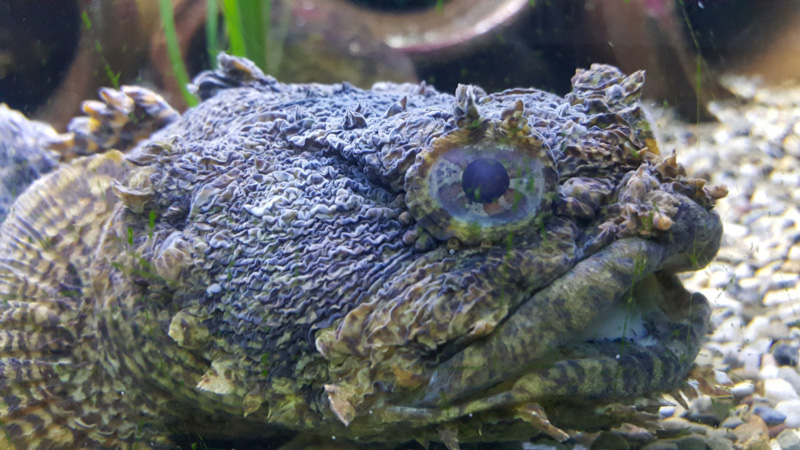
To target oyster toads, try fishing bait anywhere for anything else. And when you catch one, don’t blame us.